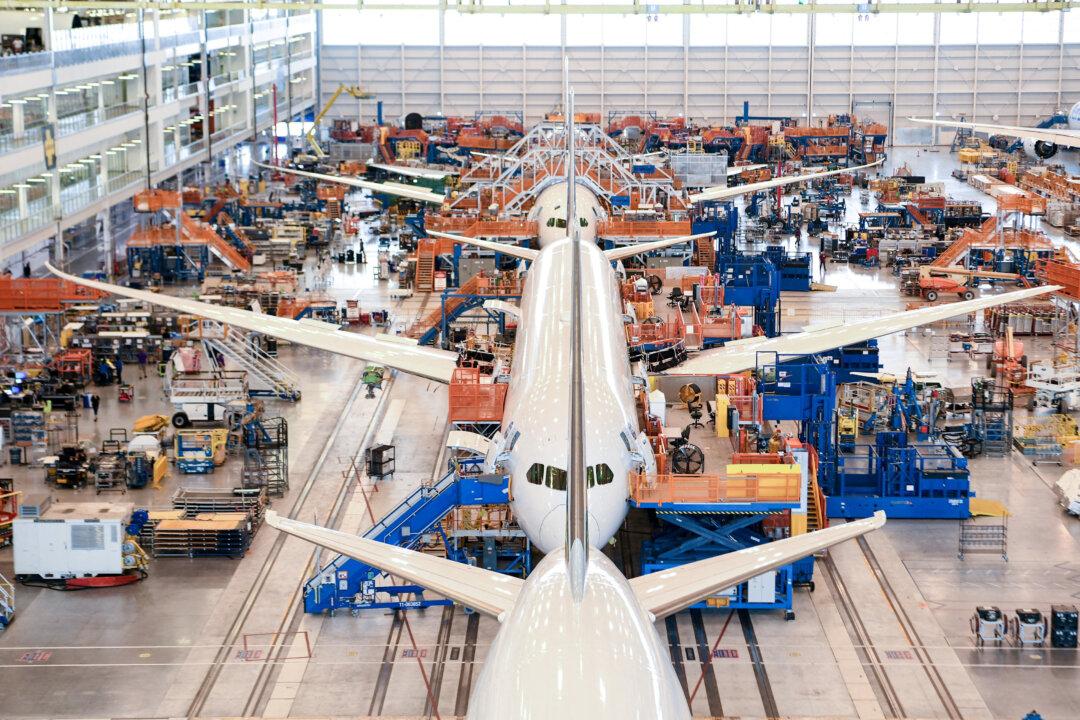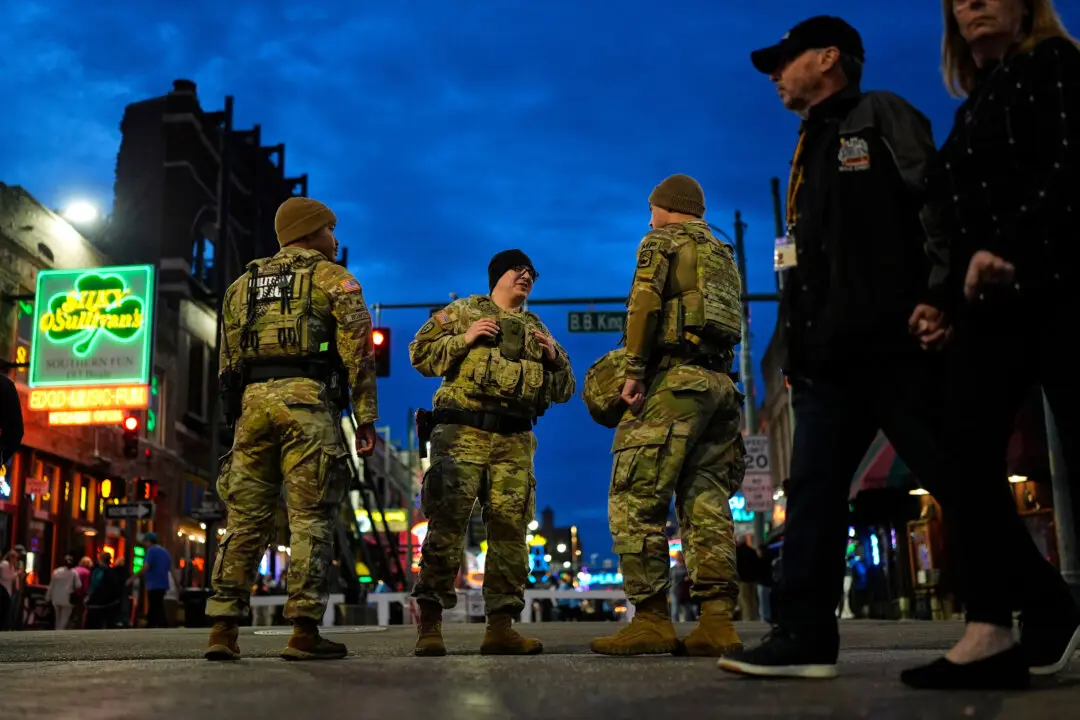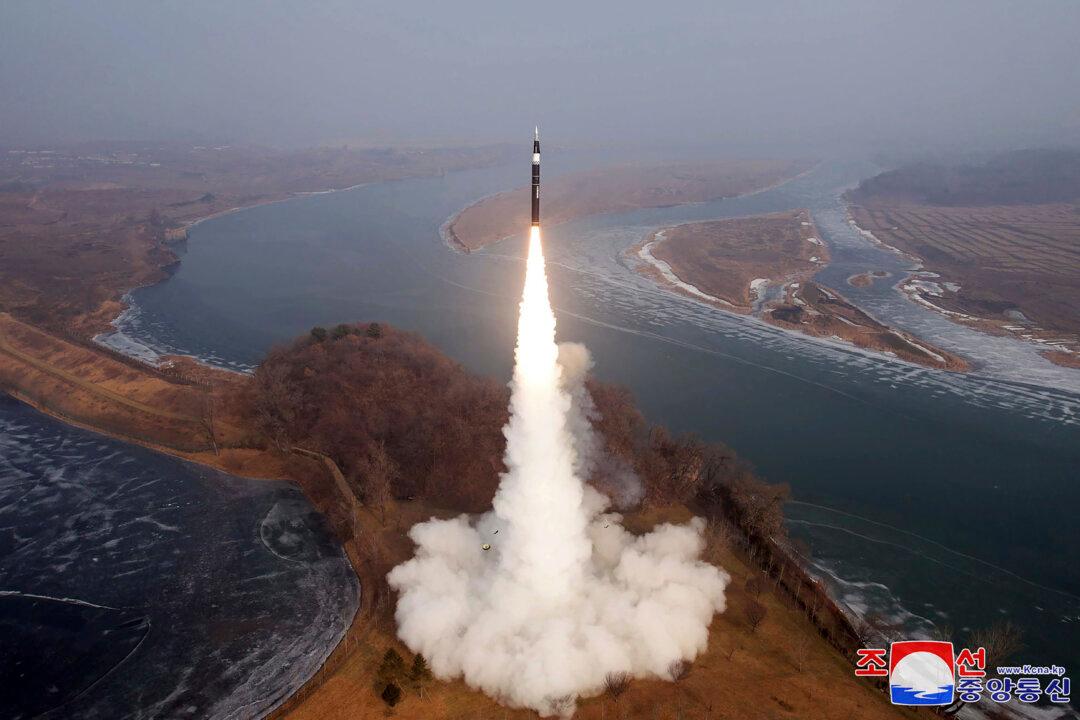Boeing will require employees to take unpaid leave as part of cost-cutting measures in response to a strike that’s about to enter its second week.
In a memo sent out on Sept. 18, Boeing CEO Kelly Ortberg said the furlough would be temporary and affect “a large number” of executives, managers, and other employees in the United States. The Virginia-based aerospace giant had a workforce of 171,000 at the start of the year.





